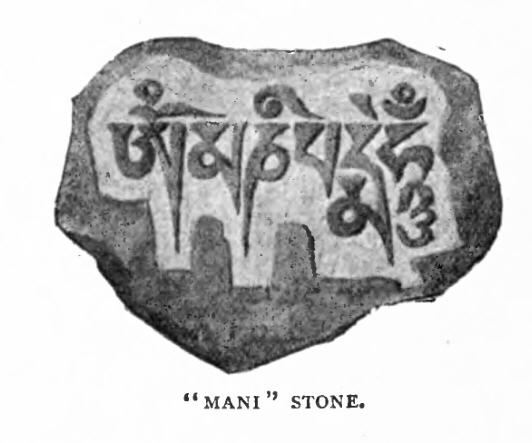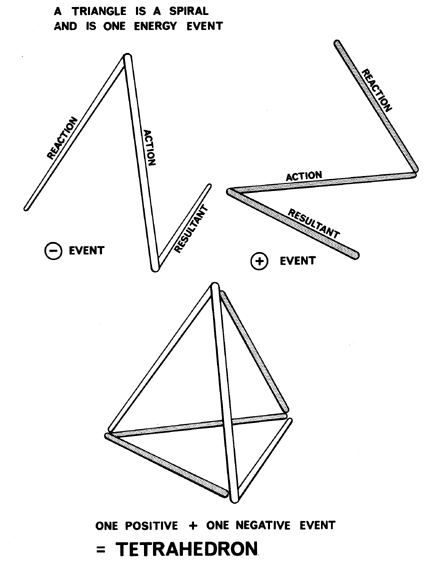I ran across this beautiful Taoist work from the Tang Dynasty and thought of posting it. It is amazing to see the parallels between Taoist and Buddhist philosophies. Would you like to become a Taoist immortal? Or perhaps you would like to take the Bodhisattva Vow and reincarnate in a Buddhist Pure Realm? Choices, choices.
To nourish the vital energy, keep watch in silence;In order to subdue the mind, act with non-action.Of movement and stillness, be aware of their origin;There is no work to do, much less someone to seek.The true and constant must respond to phenomena;Responding to phenomena, you must be unconfused.When unconfused, the nature will stabilize by itself;When the nature stabilizes, energy returns by itself.When energy returns, the elixir crystallizes by itself;Within the pot, the trigrams of kǎn and lí are joined.Yīn and yáng arise, alternating over and over again;Every transformation comes like a clap of thunder.White clouds form and come to assemble at the peak;The sweet nectar sprinkles down Mount Sumeru.Swallow for yourself this wine of immortality;You wander so freely—who is able to know you?Sit and listen to the tune played without strings;Clearly understand the mechanism of creation.It comes entirely from these twenty lines;A true ladder going straight to Heaven.
You may find other beautiful translated texts of ancient China from both Taoist and Buddhist masters at: http://www.lapislazulitexts.com/translations.html










